Cutting through complexity
Sifting through countless designs and suggesting the ones which best fit circular design criteria.

The way we design new products and services has scaled in ambition to include our entire economic system. New tools such as artificial intelligence can ensure that the only limitations we experience are those of our imaginations and the world’s finite resources. This learning path explores what artificial intelligence is and how it can be used to accelerate the transition to a circular economy, focusing in particular on the opportunities for AI to:
The science of making inanimate objects smart.
AI is an overarching term for a collection of technologies. It deals with computer models and systems that perform human-like cognitive functions such as reasoning and learning. AI software is capable of learning from experience, differentiating it from more conventional software which is preprogrammed and deterministic in nature.
Artificial intelligence (AI) doesn’t necessarily mean giving intelligence or consciousness to machines in the same way that a person is intelligent and conscious. It simply means the machine is able to solve a particular problem or class of problems.
AI helps to solve problems through performing tasks which involve skills such as pattern recognition, prediction, optimisation, and recommendation generation, based on data from videos, images, audio, numerics, text and more.

What’s the difference between general AI or specialised AI?
General AI is a general-purpose system that exhibits intelligent behaviour comparable to a human’s full range of cognitive abilities. Narrow or specialised AI is good at performing specific, well-defined, tasks normally associated with human cognitive abilities, such as image and voice recognition, trend prediction, and pattern spotting.
Which of the following statements about AI is true?
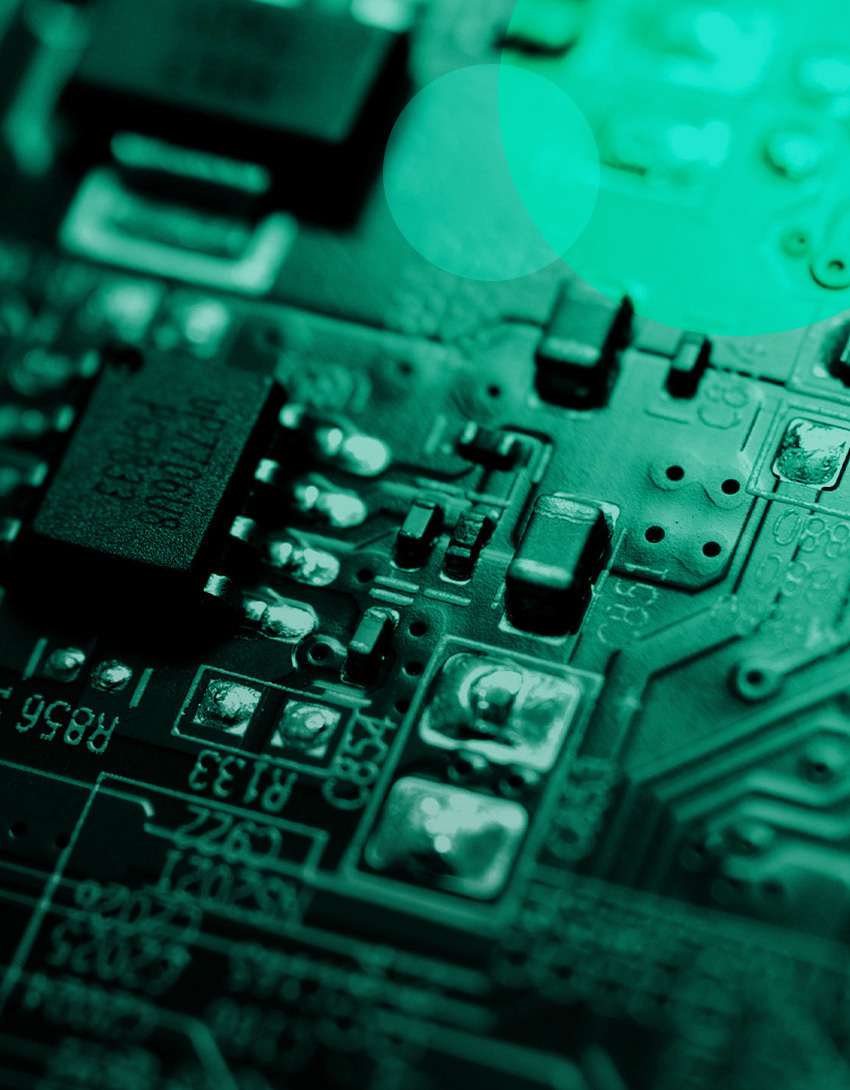
AI is not a new technology, nor do its origins lie in robotics.
There are numerous myths surrounding AI. One of the most common is that AI is a new technology. In fact, the first academic project investigating AI was in 1956 when a small group of mathematicians and scientists gathered for a summer research project on the campus of Dartmouth College. The reason it feels like a new field is because what we call ‘AI’ keeps changing. Clever things like automatic number plate recognition for cars (developed by UK police in the late 1970s) are now taken for granted. What we’re seeing today is simply the next step in the long-running evolution of developments to make computers better at analysing data.
Now that you understand AI a little better, how do you think it could be used to enable a circular economy?
Creating regenerative systems by introducing AI to design, business models, and infrastructure.
AI can be a hugely powerful tool. Imagine if it was being used to accelerate the transition to a circular economy and create new opportunities for large scale positive change. In the following sections we will explore how employing AI in our design, business models, and infrastructure could increase our ability to create new, regenerative systems based on the principles of circularity.
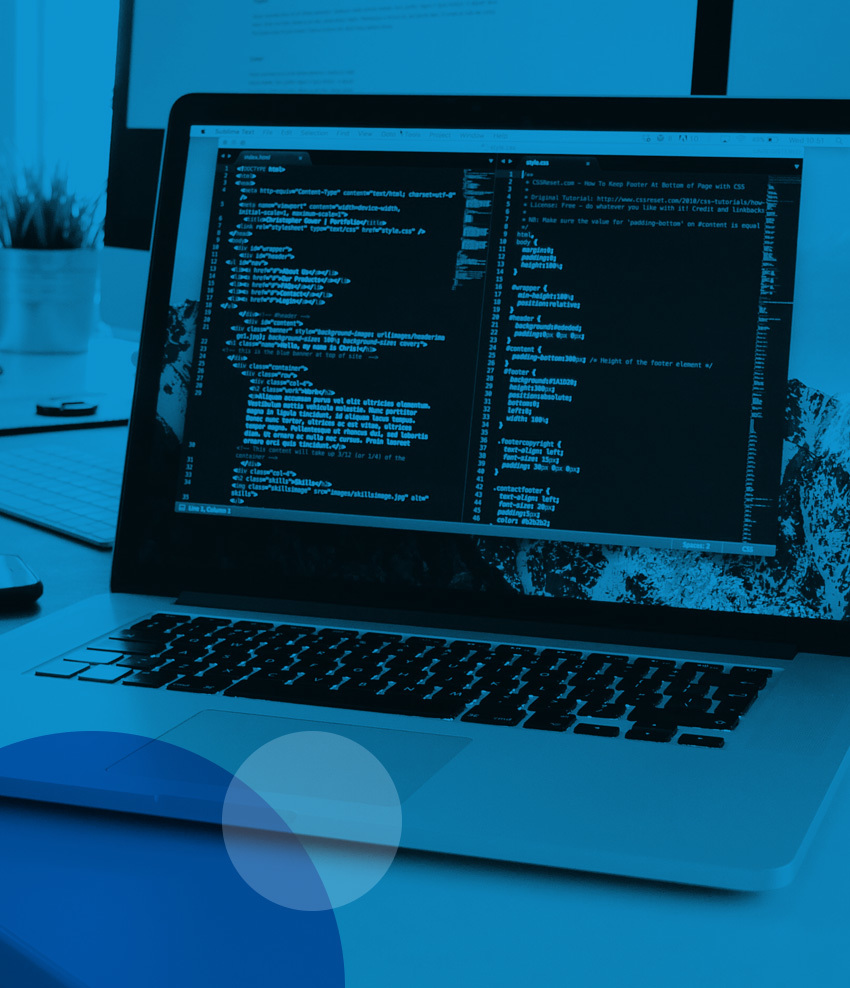
Informing designers’ choices.
The circular economy puts a strong focus on design. Indeed, the Circular Design Guide asks: what if you could redesign everything?
Designers working with AI can create products, components, and materials which are fit for the circular economy. Employing AI can account for better designs faster, due to the speed with which an AI algorithm can analyse large amounts of data and suggest initial designs or design adjustments. A designer can then review, tweak, and approve adjustments based on that data. AI gives designers a more informed insight into the most effective designs to create and test to make the best use of their time and expertise.
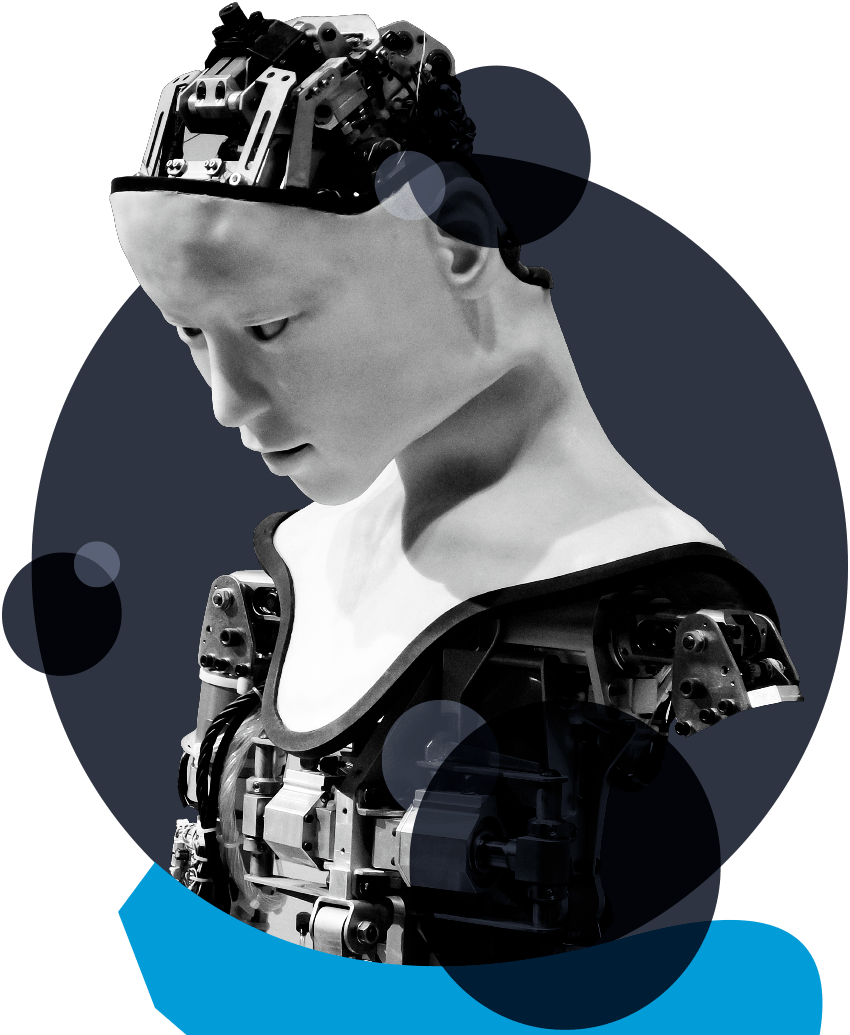
The following three case studies illustrate how AI is being used right now to enable better, more circular design.
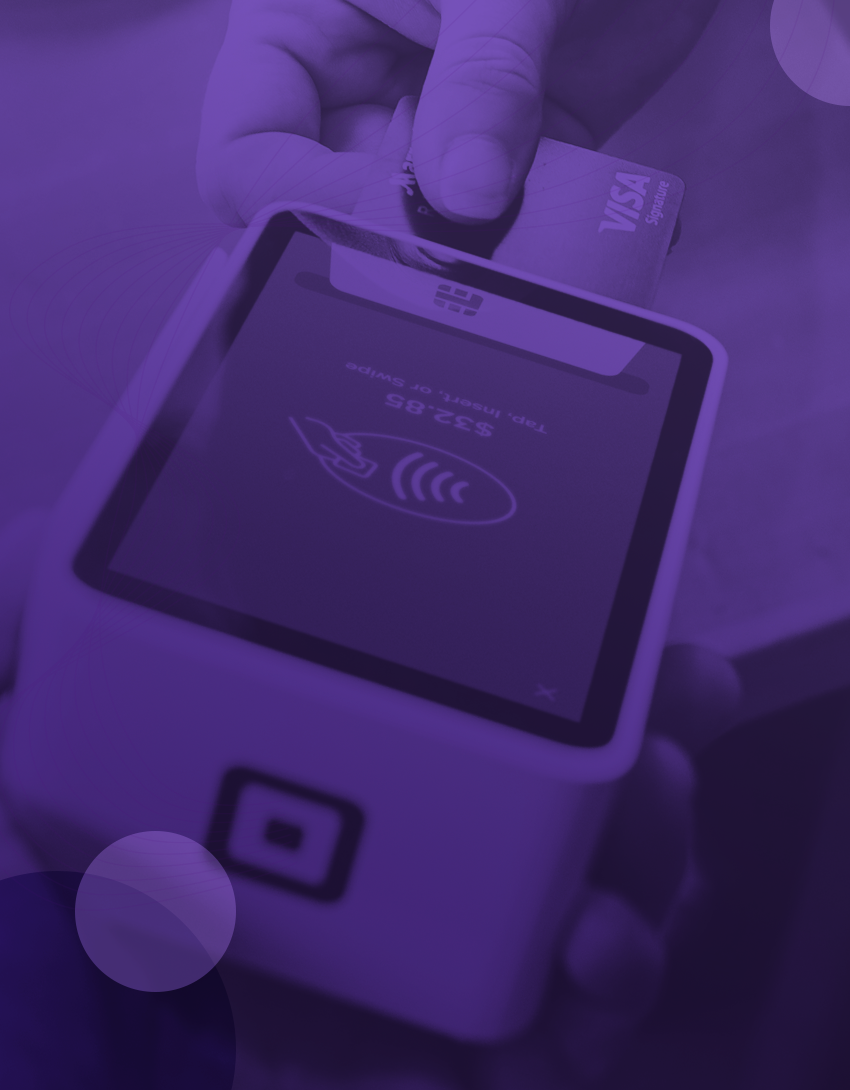
Enabling new business models with AI.
Since the industrial revolution, the linear economic system has become gradually more optimised and efficient, most recently using digital technologies such as AI. Similar techniques could be applied more widely to circular business models to increase their competitiveness.

The case study below showcases how one company, Stuffstr, is using AI to dynamically set prices in its fashion resale marketplace.
In the video, Martin Stuchtey - co-founder and managing partner of SYSTEMIQ, paints a picture of a future mobility system in which AI plays a key role.

Streamlining the circulation of materials in the economy.
Products at the end of their life are not as uniform as they were when first manufactured, so they are harder to automatically disassemble, sort, and separate. Their condition typically needs to be manually inspected and then treated based on what damage or wear and tear they have sustained.
There are many opportunities for AI to help streamline the infrastructure needed to circulate materials in the economy - many of them focusing around the ability for AI algorithms to recognise and identify objects using cameras and other sensors.
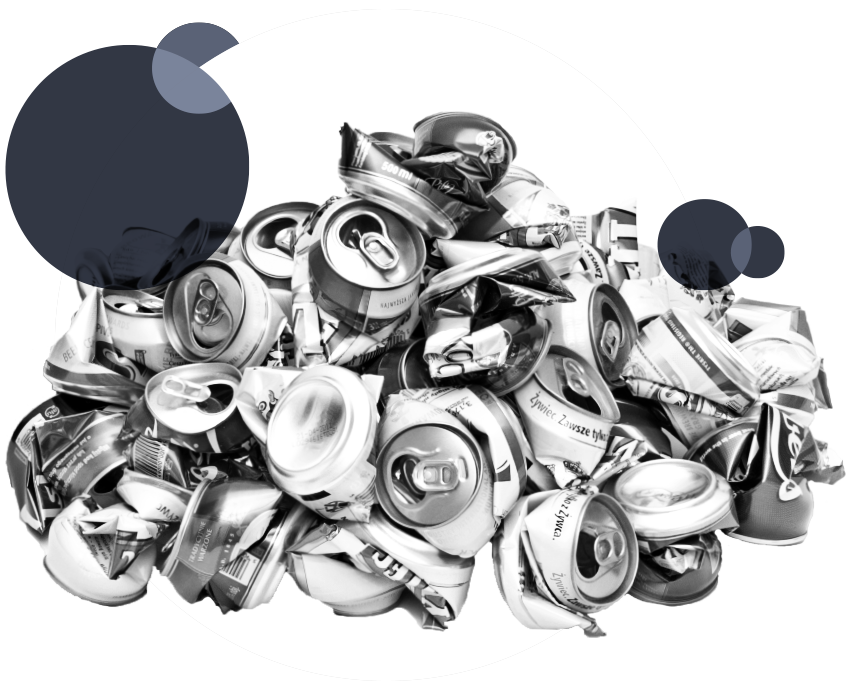
The three case studies below demonstrate how AI is already being used to improve and optimise processes such as waste sorting, recycling, and sorting of food produce.
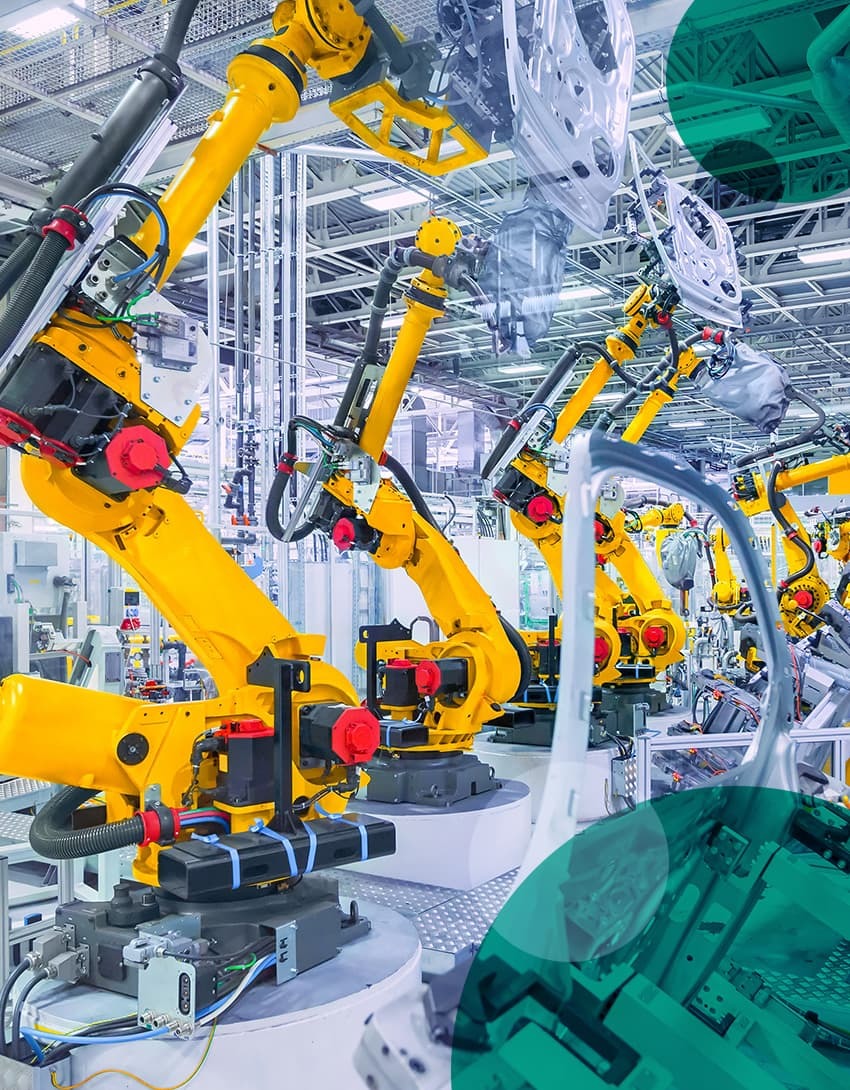
Is AI the answer to all of our questions?
While there is huge potential for AI to be a force for positive change, it also raises questions about building fairness, interpretability, privacy, and security into these systems - which are currently active areas of research and development.
AI applications need systems designed to follow best practice, alongside considerations unique to machine learning. With the potential to be fairer and more inclusive than decision-making processes based on ad hoc rules or human judgments, comes the risk that any unfairness in such AI systems could incur wide-scale impact. Thus, as AI increases across sectors and societies, it is critical to work towards systems that are fair and inclusive for all.
Ultimately, AI can be a very helpful tool to achieve circular economy ambitions, but it should be held to account by humans, driven by human values and principles, avoid creating or reinforcing unfair bias, and account for privacy and security of data.
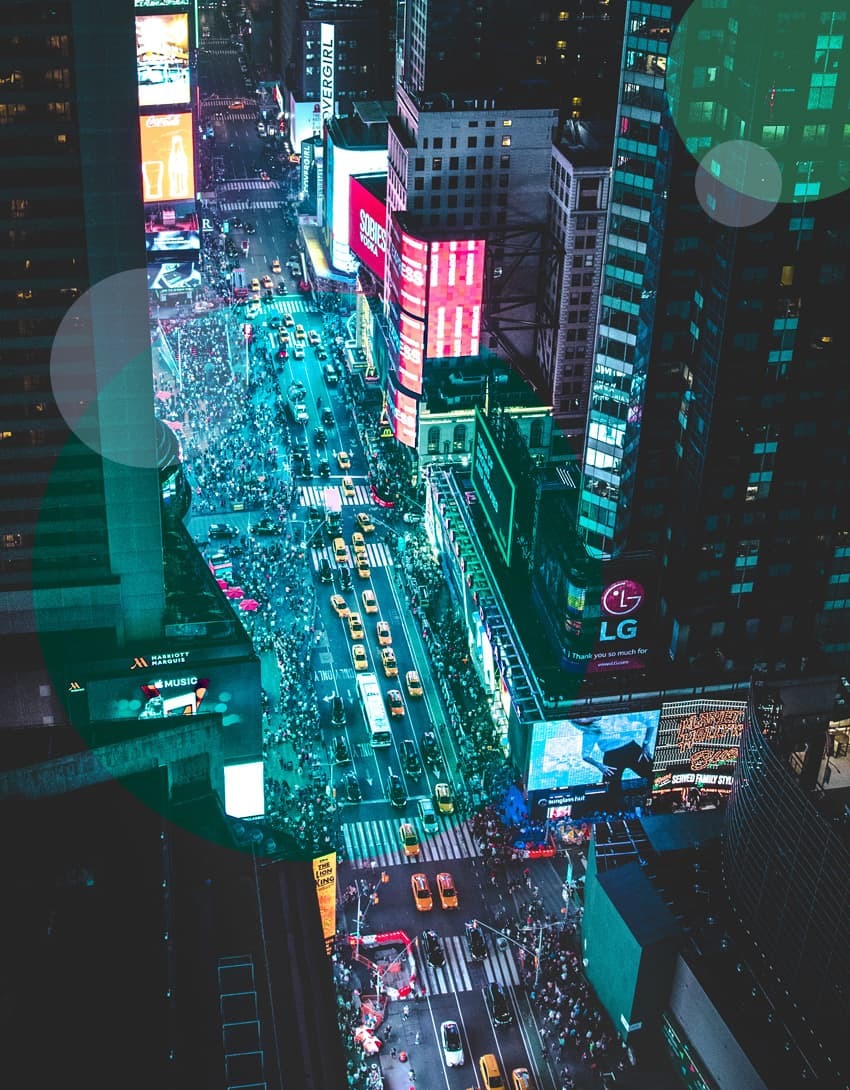
There has never been a more exciting time to be an innovator.
Some AI systems are already in the market and just need to be used more extensively in a circular context, particularly for circular business models. This could facilitate everything, from predictive analytics (such as setting the optimal service and repair schedule for durable equipment), to dynamic pricing and matching for the effective functioning of digital marketplaces for second hand goods and by-product material streams.
As the technology develops, in a similar way to how it is being used today to improve traffic flow through cities, AI could be integral to the redesign of whole systems, which create a circular society that works in the long term. If you’d like to know even more about the potential for AI to enable the shift to a circular economy, the scoping paper, Artificial Intelligence and the Circular Economy - written in collaboration with Google, and with analytical support from McKinsey & Company - provides more detail.
We have detected that you are using an older browser. Please update to the latest version of Google Chrome, Mozilla Firefox or Microsoft Edge to improve your user experience.
If you are unable to upgrade your browser, please see our Technical FAQ page to get tips on how to improve your user experience.